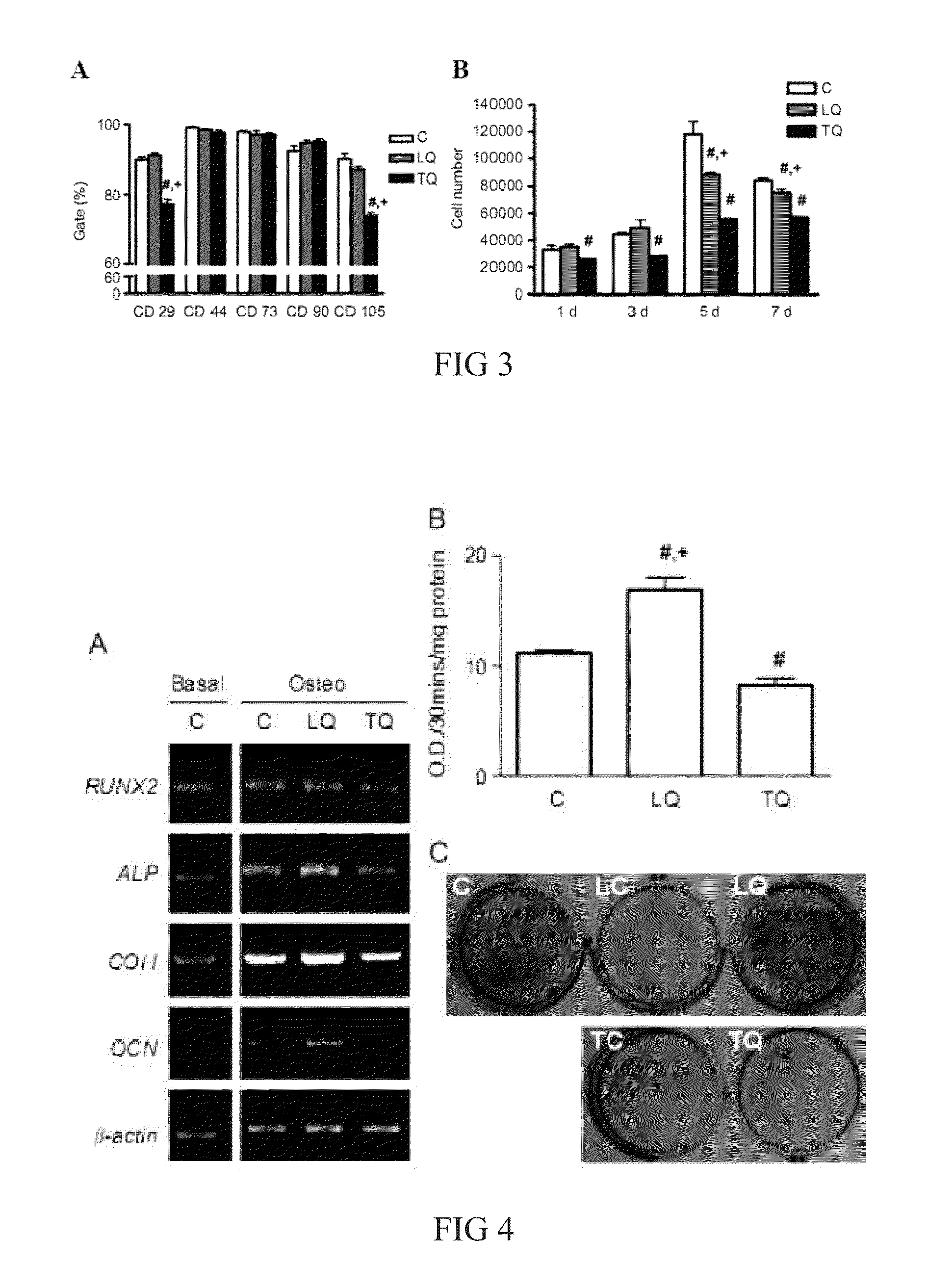Method and Applications of Peptide-Mediated Mitochondrial Delivery System
a mitochondrial delivery and peptide technology, applied in the field of methods and applications of peptide-mediated mitochondrial delivery system, can solve the problems of high need and demand for mitochondrial transplantation, limited application of technology, and no cure for mitochondria-related diseases available, etc., and achieve the effect of simple procedures
- Summary
- Abstract
- Description
- Claims
- Application Information
AI Technical Summary
Benefits of technology
Problems solved by technology
Method used
Image
Examples
example 1
Detailed Description of the Peptide-Mediated Delivery System
1. Technical Process
[0036]The present invention discloses a method using cell penetrating peptide that has the SEQ ID NO (KETWWETWWTEWSQPKKKRKV-cysteine) to label and deliver mitochondria separated from healthy human cells, and to replace the mitochondria in damaged cells. Said peptide-mediated delivery system is shown in FIG. 1. The cell penetrating peptide contains three domains including hydrophobic domain (KETWWETWWTEW), hydrophilic domain (contains significant amount of Lysine (K), KKKRKV), and Spacer (SQP). The peptide contains both hydrophobic and hydrophilic domains, and is an amphipathic peptide. The principle of delivery is using particles that are hydrophobic, which cannot be dissolved in water. These gather together to incorporate drugs or enzymes through a self-assembling reaction produced in the process of embedding. The positive charge carried by the hydrophilic group will bind to the negative charge on the c...
example 2
Assessment of the Therapeutic Effects
1. In Vitro Assessment of Peptide-Mediated Mitochondrial Delivery System (PMD)
[0038]Functional and normal mitochondria were separated from human B143 cell line harboring normal mitochondria, and 105 μg mitochondria (separated from 1×107 cells) was quantified and labeled with Mitotracker Red first, and then with Pep-1(SEQ ID NO: 1) for 1 hour. The resulted Pep-1 / mitochondria complexes were subsequently delivered into the host cells for 2 days (5×104 cells). Said host cells are human MERRF patient-derived B2 cells and human B143 ρ° cells in which the mitochondria was inhibited by ethidium bromide, and the transplanted cells were subjected to cellular mitochondrial function assessment after one day of culture (as shown in FIG. 6).
2. Confirmation and Assessment of the Therapeutic Effects
[0039](1) Mitochondrial Delivery Efficiency and Regular Follow Up
[0040]Peptide Pep-1 can efficiently deliver mitochondria into cells (delivered healthy mitochondria l...
PUM
| Property | Measurement | Unit |
|---|---|---|
| time | aaaaa | aaaaa |
| hydrophilic | aaaaa | aaaaa |
| hydrophobic | aaaaa | aaaaa |
Abstract
Description
Claims
Application Information
 Login to View More
Login to View More - R&D
- Intellectual Property
- Life Sciences
- Materials
- Tech Scout
- Unparalleled Data Quality
- Higher Quality Content
- 60% Fewer Hallucinations
Browse by: Latest US Patents, China's latest patents, Technical Efficacy Thesaurus, Application Domain, Technology Topic, Popular Technical Reports.
© 2025 PatSnap. All rights reserved.Legal|Privacy policy|Modern Slavery Act Transparency Statement|Sitemap|About US| Contact US: help@patsnap.com



